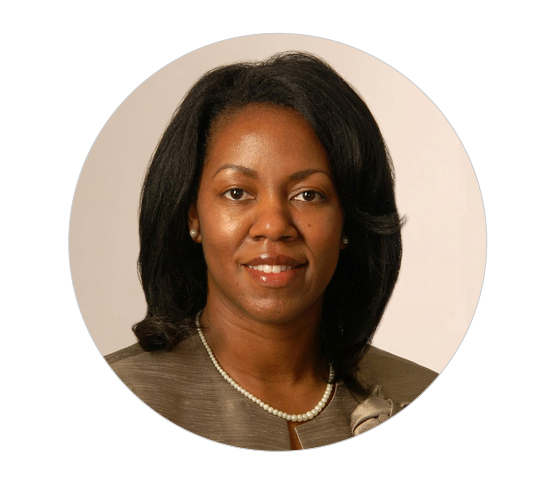

July 25, 2018
While serving as a myFutureNC Commissioner over the last ten months, I have come to think of the group fondly as the “my Future ‘in sync’ Commission.” In recent years, North Carolina has strengthened collaboration among our institutions of learning and provided greater opportunities for students through strategic partnerships such as early college high schools, 95 percent of which exceed the state high school graduation rate. Yet, even in a state with a history of strong partnerships, perceptions of preparation for the workforce differ among employers and students, the views of policymakers and educators often contrast, and various educational systems sometimes struggle with their own agendas, much less collaborative engagement. Furthermore, increased competition in today’s global society, rapidly changing technology, expanding automation, and a richly diverse demography, requires us to recalibrate our partnerships to ensure that our educational and workforce systems are in sync.
In this dynamic environment, three aspects of synchrony are worthy of expansion in North Carolina:
Another important partnership across platforms is between policymakers and practitioners. Educators have unique knowledge of the challenges facing our state’s education systems. Those challenges must be articulated and confronted if we want to improve. Similarly, legislators are intimately aware of the policy conditions that are needed to move our education solutions forward. Intentional discourse will lead to better ideas, and all North Carolinians will benefit from a well-educated state.
In an increasingly divisive landscape, synchrony – even the work toward it – generates a more collaborative and cooperative spirit. We must recognize and celebrate the fact that no one entity has the solution to our educational needs, and we must understand that as institutions evolve, well-intentioned and planned partnerships should be cultivated and recalibrated.
So, as myFutureNC Commissioners strategize about how to strengthen the future of education for all North Carolinians, I hope they will incorporate opportunities for synchronization of our systems. Synchrony is hard, long-term work but provides real opportunities to develop seamless systems of support across platforms that serve the contextual needs for access and success across our state.
Share your thoughts with us on Twitter to keep the conversation going!

Author
Dr. Stelfanie Williams
President, Vance-Granville Community College